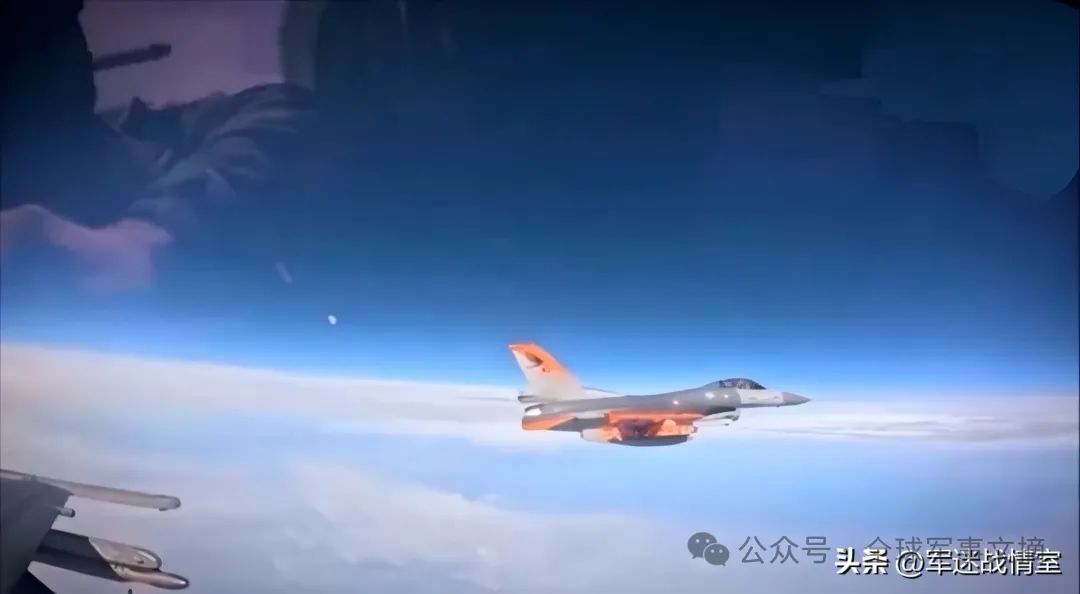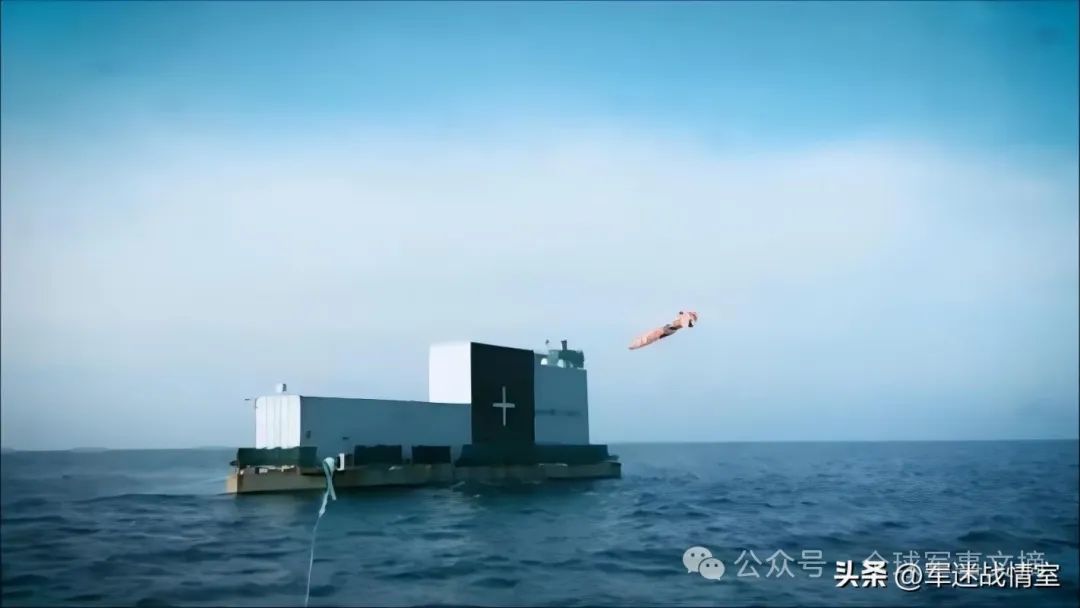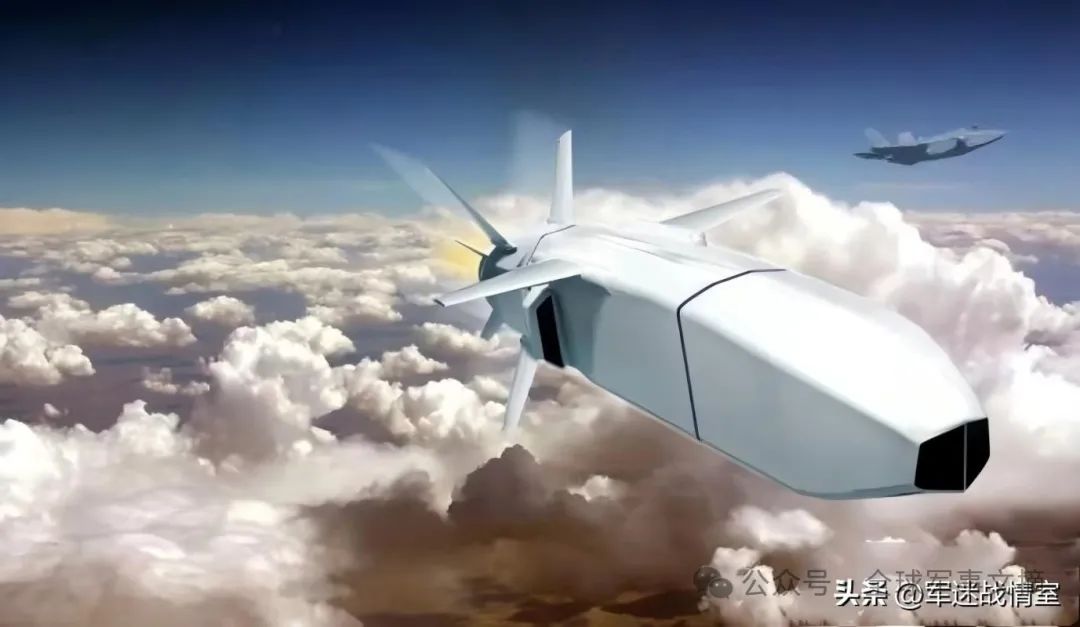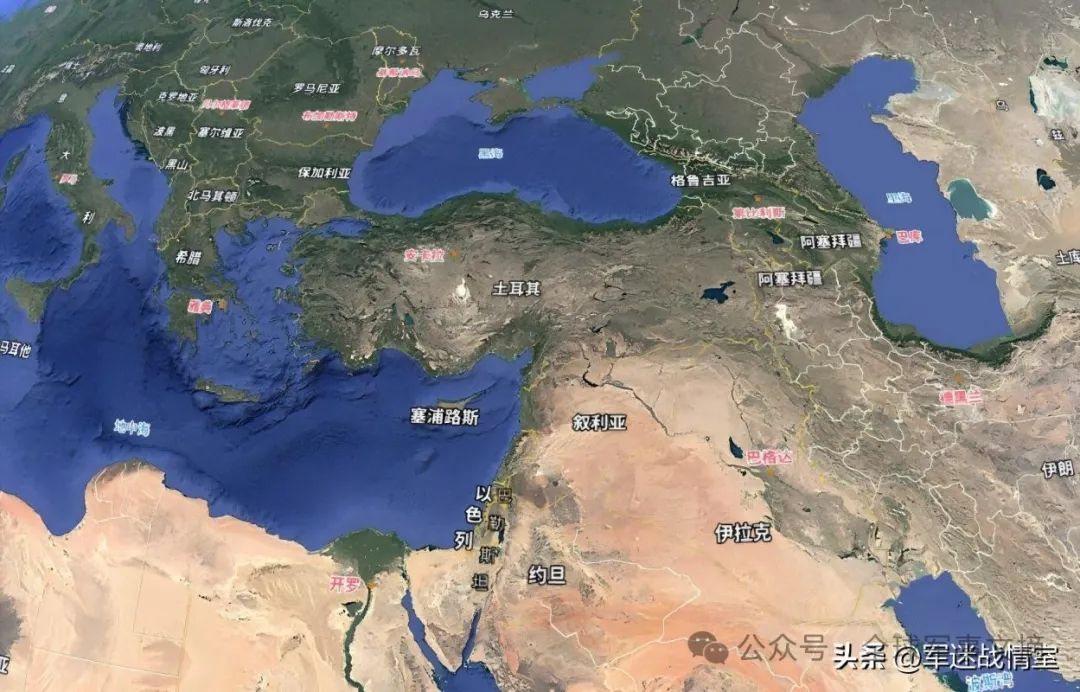Authors: Mu Jiandong, Yang Yang, Ge Yuchen
Introduction: On March 21, 2025, Turkey’s defense industry reached a milestone—the SOM-J air-launched cruise missile successfully completed its first operational test. This stealth missile, launched from the F-16 Block 40 fighter jet, accurately hit a moving maritime target with an inert warhead, showcasing its “launch and disappear” feature and terminal guidance capability, marking Turkey as one of the few countries globally that master the full-process cruise missile technology.
The birth of the SOM-J air-launched cruise missile reflects Turkey’s breakthrough path in the defense industry. Originally developed to complement the F-35 fighter jet, the missile quickly pivoted to domestic adaptation after facing U.S. technology embargoes, ultimately forming a “trinity” strike system with the KAAN stealth fighter and Kızılelma drone. Although its range of 275 kilometers is less than that of similar products from the U.S. and Russia, its innovative modular design and “terrain matching + satellite relay” composite guidance achieve a strike accuracy of ±5 meters in complex battlefield environments, becoming a new fulcrum for shifting the strategic balance in the Eastern Mediterranean.
The chain reaction triggered by this test goes far beyond the technical level: NATO reassesses Turkey’s regional deterrent capability; Greece, a member of the EU and a historical rival of Turkey, urgently upgrades its missile defense systems; Russia views it as a practical test for the S-400 air defense missile system. More intriguingly, Turkey simultaneously showcased tactical maneuvers of the U.S.-made SLAM-ER air-launched cruise missile, revealing its strategic wisdom in balancing “technological autonomy” and “alliance politics.” As cruise missiles begin to possess “human-in-the-loop” intelligent decision-making capabilities, traditional geographical defense advantages are gradually being eroded by technological superiority. The SOM-J air-launched cruise missile is not just a weapon; it is a declaration of Turkey’s transition from “defense dependency” to “strategic autonomy,” hiding behind it is the ambition of an emerging regional power to reconstruct the international security order.
Firepower Breakthrough: SOM-J Completes Full Process Live Fire Test for the First Time
On March 21, 2025, Turkey’s Minister of Industry and Technology, Mehmet Fatih Kacir, officially announced via social media that the SOM-J air-to-ground cruise missile, mounted on the F-16 Block 40 fighter jet, successfully completed its first live-fire test against a dynamic maritime target. The test was conducted by an F-16 fighter from the 401st Test Squadron, with the missile penetrating a simulated maritime target—a container barge—with an inert warhead, showcasing its rapid maneuverability during flight, which drew significant international attention.
As Turkey’s first internal missile compatible with fifth-generation stealth fighters, the SOM-J air-to-ground cruise missile has undergone three rounds of technological iterations since its first exposure in 2018. Originally designed to fit the internal bay of the F-35 fighter jet, it shifted focus to deep integration with the domestic KAAN stealth fighter and Kızılelma unmanned combat system after Turkey was excluded from the F-35 program. According to the Turkish Defense Industry Research Institute, the missile features a folding wing and retractable air intake design, with its surface covered in radar-absorbing coating, significantly reducing its radar cross-section compared to the previous SOM-B missile, achieving a “launch and disappear” stealth penetration characteristic.

Figure 1: Turkish F-16 carrying the SOM-J cruise missile
In the official test video, the missile executed a serpentine maneuver 30 kilometers from the target while locking onto the core area of the barge using its infrared seeker. The Turkish Ministry of Defense emphasized that the SOM-J air-to-ground cruise missile’s independent firing system enables “launch-observe-correct” closed-loop control: the F-16 rear cockpit operator receives real-time image data transmitted by the missile via an onboard tablet and injects correction commands during the terminal flight phase. This technology is similar to the “human-in-the-loop” function of the U.S.-made AGM-158C LRASM, enabling the missile to strike moving vessels.

Figure 2: SOM-J hitting the barge
Technical Dissection: Revolutionary Upgrades from Aerodynamic Layout to Battlefield Survivability
According to official test footage and Turkey’s official technical white paper, the technological breakthroughs of the SOM-J focus on three main dimensions:
Power and Range Balance: The SOM-J air-to-ground cruise missile employs a French TR-40 small turbojet engine, combined with a trapezoidal body and X-shaped tail design, achieving a subsonic cruising speed of 0.8 Mach and an effective range of 275 kilometers. Although this figure is lower than the latest U.S. JASSM-ER extended-range joint standoff air-to-ground missile’s range of 920 kilometers, the Turkish-developed “terrain profile matching + satellite relay guidance” composite navigation system maintains a circular probable error of ±5 meters in complex electromagnetic environments.
Multi-Mode Guidance System: The missile’s warhead is equipped with a dual-band infrared imaging and passive radar composite guidance system, which can automatically compare against a pre-installed target database. In the 2025 test, the SOM-J air-to-ground cruise missile actively shut down its data link in the terminal phase to enter “silent attack” mode, avoiding the traditional vulnerability of cruise missiles to electronic warfare systems. The Turkish Air Force Command confirmed that the missile is capable of accurately striking key areas such as ship command towers and radar arrays, with a single shot’s destructive capability far exceeding that of 500 kilograms of TNT equivalent.
Platform Compatibility Leap: To adapt to different launch platforms such as the F-16, KAAN, and Kızılelma, the SOM-J innovatively adopts a modular payload architecture. Its mid-body features a standardized interface for quick replacement of electronic countermeasure pods or reconnaissance payloads, and it can even carry an electromagnetic pulse warhead to execute air defense suppression tasks, incapacitating enemy radar networks. Turkish defense analyst Ahmed Yilmaz pointed out: “This design makes the SOM-J air-to-ground cruise missile the first Turkish indigenous cruise missile to cover both strategic strike and tactical suppression missions simultaneously.”

Figure 3: SOM-J cruise missile
A horizontal comparison shows that the SOM-J air-launched cruise missile’s range of 275 kilometers is slightly inferior to Russia’s Kh-59MK2 air-to-ground missile, which has an effective range of 290 kilometers, but its length of 3.9 meters and total weight of 480 kilograms significantly outperform similar products—the U.S. AGM-158 series cruise missiles weigh over 1000 kilograms and exceed 4 meters in length, making the SOM-J air-launched cruise missile more suitable for low-altitude penetration needs in Turkey’s mountainous combat environment.
Strategic Chessboard: From Weapon Generational Gap to Regional Power Reconstruction
The operationalization of the SOM-J air-to-ground cruise missile marks Turkey’s defense industry completing a “three-step leap”: achieving independent production of solid fuel missiles in 2016, overcoming composite guidance technology in 2021, and establishing an air-based precision strike system in 2025. Turkish President Erdogan declared the day after the test: “Our country has become the fifth nation in the world to master full-spectrum cruise missile technology.” Although internationally recognized countries with equivalent capabilities are only the U.S., Russia, China, and France, the SOM-J has indeed changed the strategic balance in the Eastern Mediterranean—its range covers Cyprus, Crete, and even the critical Suez Canal.
NATO internal assessment reports indicate that the SOM-J air-to-ground cruise missile and the concurrently tested SLAM-ER (AGM-84K) air-launched cruise missile can form a “high-low pairing”: the former relies on stealth characteristics for the first wave of penetration strikes, while the latter, with a range of 280 kilometers and a 1400-kilogram penetrator warhead, executes destruction tasks against hardened targets. This combination expands the long-range precision strike radius of Turkey’s F-16 fleet to over 600 kilometers, sufficient to suppress Greece’s S-300PMU2 air defense system in the Aegean conflict and pose a significant threat to the S-400 air defense system deployed by Russia in Syria, thus creating a substantial deterrent.

Figure 4: SOM-J and Regional Deterrence Situation
The international response to the testing of the SOM-J missile has shown significant divergence, with countries that have important strategic relations with Turkey reacting differently: U.S. Defense News warned that the SOM-J may violate the Missile Technology Control Regime—there are strict export controls on offensive weapons with a range of 300 kilometers and a payload of 300 kilograms; Russia views this test as a practical examination of the S-400 air defense missile system, suggesting the Syrian government accelerate the deployment of the Pantsir-S1 combined air defense system; the Greek Ministry of Defense has urgently requested to initiate the “Shield-2025” exercise, hoping to improve cruise missile interception capabilities during joint military exercises.
Notably, the Turkish Ministry of Defense released combat readiness photos of the F-16D fighter jet carrying the SLAM-ER air-launched cruise missile within 48 hours after the test, deliberately showcasing its dual deterrent capability with both U.S. and domestic weapons. This “technological tightrope” strategy not only demonstrates its irreplaceable tactical value to the West but also creates political leverage for domestic weapon exports—countries like Pakistan and Azerbaijan have publicly expressed procurement intentions.
From the F-35 support project to a benchmark for autonomous defense, the evolution of the SOM-J air-to-ground cruise missile encapsulates the deep logic of Turkey’s “offensive defense” strategy. As the 2026 production milestone for the KAAN fighter jet approaches, a regional strike system centered on stealth platforms and intelligent munitions is taking shape. We know that when missiles can think autonomously on the battlefield, geographical barriers are no longer synonymous with safety. The skies over the Eastern Mediterranean are currently being rewritten by the flames of data links and propellants.